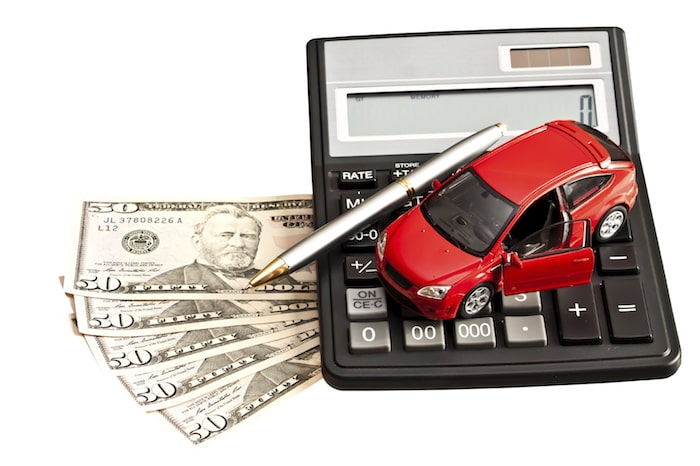When you choose an auto insurance policy, one of the things that you’ll have to decide on is the deductible. It might be high, it might be low, it might be somewhere in between—but what do all of these numbers actually mean in a practical sense?
Car Insurance Deductibles 101
Your car insurance deductible refers to the amount that you’ll have to pay out of pocket in the event of a claim before your insurance coverage kicks in. Often, you’ll need to choose a deductible amount for each category of coverage, if you have comprehensive insurance, for example. Sometimes the deductible doesn’t apply, like when another driver is at fault in an accident, and their insurance is covering the damages.
It’s really important that you choose deductibles that you can afford without financial stress for this reason.
Why Would Anyone Choose A High Deductible?
So then, why would anyone choose a high deductible? Doesn’t that just mean you’re paying more?
Nope, not exactly. Here are some pros and cons of choosing a high deductible:
Pros
The biggest reason people choose a high deductible is that doing so lowers their monthly insurance payments in most cases. This is appealing for a number of reasons, one being that if you don’t have an accident, you’ve paid less than you would have with a low deductible. Of course, if you do have an accident, that saved money might not even out after you pay the high deductible out of pocket.
Over time, high deductibles will lower your overall insurance costs, assuming that you are a good driver and rarely have to make a claim. You’ll have better cash flow in the interim, too.
And, while this isn’t necessarily the outcome of choosing a high deductible, having one reduces the temptation you might have to file claims on relatively minor incidents. For example, if your windshield is cracked, and it costs $200 to fix, but you have a $1,000 deductible, you’ll likely just pay out of pocket. This also reduces your expenses in the long run, because filing lots of claims on minor issues will raise your rates.
Cons
You need to be very sure that you’ll have the money around to cover your deductible in the event of an accident. Because if you can’t cover it, your claim won’t be paid at all. If you can’t keep $1,000 handy for emergencies, it’s a bad idea to choose a $1,000 deductible, regardless of the other advantages.
After all, if you have to fund a $1,000 deductible that forces you to take out a loan, you’ve completely negated any savings you acquired by having a lower premium.
One helpful tip is to put the money you save on monthly costs into a separate, interest-earning account. That way, it’s there in the event of an accident, but can grow in the meantime.
Another con is that you essentially hamstring your coverage when it comes to minor incidents, meaning that your “comprehensive” coverage isn’t all that comprehensive. Yes, you’re saving money on the premium, but you will be paying out of pocket if a branch falls on your car or someone dings it in a parking lot, because these accidents don’t meet your deductible.
Which Should I Choose?
It’s up to you! Each deductible has its pros and cons, and many people opt for something in the middle—not the highest deductible, and not the lowest one either. Crunch some numbers to figure out if the savings is worth it, and if you can afford your deductible if you need to.

